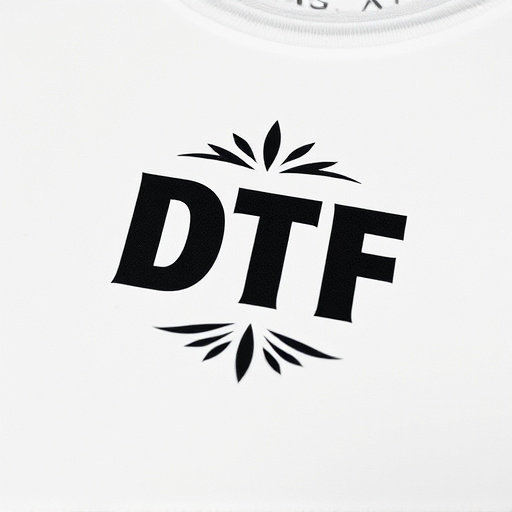Dry filters and oiled filter intakes differ in their dust collection capabilities. Dry filters, using materials like fiberglass or carbon, excel at filtering fine particles and require minimal maintenance but may be less effective against microscopic debris and incur higher replacement costs. Oiled filter intakes, utilizing oil to trap larger debris and finer particles, demand regular oil changes but offer superior performance against microscopic debris and handle heavier loads before replacement. The choice between them depends on application needs and environmental conditions.
In the realm of air filtration, understanding the distinction between dry and oiled filter intakes is paramount for optimal performance. This article delves into the heart of this debate, offering a comprehensive comparison of dust capacity between these two systems. We explore the fundamentals of dry filter vs oiled filter intakes, their respective advantages and disadvantages, and crucially, key performance metrics to consider when evaluating their dust-handling capabilities.
- Dry Filter vs Oiled Filter Intakes: Understanding the Basics
- Advantages and Disadvantages of Each System
- Comparing Dust Capacity: Key Performance Metrics to Consider
Dry Filter vs Oiled Filter Intakes: Understanding the Basics

In the realm of dust capacity comparison, understanding the dynamics between dry filter vs oiled filter intakes is paramount. These two systems represent distinct approaches to capturing and retaining airborne particles, each with its own advantages and drawbacks. Dry filters, as the name suggests, rely on dry media like fiberglass or carbon to trap contaminants. They are known for their effectiveness in filtering fine particulate matter and offering a longer lifespan due to reduced degradation from oil or moisture. However, dry filters can be less efficient against larger particles and may require more frequent replacement.
On the other hand, oiled filter intakes employ a layer of oil to capture dust particles. This method is particularly effective for larger debris, enhancing the filter’s capacity to trap bigger contaminants. Oiled filters tend to last longer than their dry counterparts as the oil helps to break down and hold onto finer particles. Nevertheless, they can be more prone to maintenance issues, such as regular oil changes, to ensure optimal performance. In terms of dust retention and overall efficiency, the choice between these two systems often hinges on the specific needs and environmental conditions of a particular application.
Advantages and Disadvantages of Each System

When comparing dust capacity, it’s essential to understand the advantages and disadvantages of each system, particularly when considering dry filters versus oiled filter intakes. Dry filter systems offer numerous benefits, including efficient dust collection with minimal maintenance required. They are ideal for applications where regular cleaning is impractical or time-sensitive, ensuring consistent performance without the need for frequent filter changes. However, these filters can be more expensive to replace over time and may not be as effective in capturing fine particles due to their design.
On the other hand, oiled filter intakes provide a different set of advantages. They are known for their superior dust separation capabilities, especially with fine and microscopic debris. The oiling process creates a sleek surface that traps particles more effectively, resulting in cleaner air. Yet, these systems demand regular maintenance to replenish or replace the oil, which adds an extra step to routine upkeep. Additionally, they tend to be noisier than dry filters because of the constant flow of air and oil interaction, making them less appealing for quieter work environments.
Comparing Dust Capacity: Key Performance Metrics to Consider

When comparing dust capacity, particularly between dry filter and oiled filter intake systems, several key performance metrics come into play. These metrics are crucial for understanding which system is better suited to your needs, especially in environments with high particulate matter. The first consideration is efficiency; dry filters typically excel in capturing smaller particles due to their electrostatic charge, making them ideal for fine dust control. Oiled filters, on the other hand, are more effective at trapping larger particles and can handle heavier loads before needing replacement.
Another vital metric is flow restriction, which affects air pressure differentials. Dry filters often have lower resistance, ensuring high airflow rates even under heavy load. In contrast, oiled filters may require higher pressure differentials to maintain adequate airflow due to the additional surface area needed for oil absorption. Additionally, cost and maintenance should be factored in; dry filters generally have lower upfront costs but require regular cleaning or replacement, while oiled filters might be more expensive upfront but offer longer service intervals.
In comparing dry filter vs oiled filter intakes, understanding their distinct advantages and disadvantages is key. Dry filters excel in simplicity and ease of maintenance, while oiled filters offer enhanced dust capacity and efficient air flow. When selecting between these systems, consider your specific needs, operational environment, and the performance metrics that matter most to you. By evaluating factors like dust capacity, power output, and upkeep requirements, you can make an informed decision to ensure optimal engine performance.














